Model Errors and Randomness
Introduction to Linear Modeling in Python

Jason Vestuto
Data Scientist
Types of Errors
- Measurement error
- e.g.: broken sensor, wrongly recorded measurements
- Sampling bias
- e.g: temperatures only from August, when days are hottest
- Random chance
Null Hypothesis
Question: Is our effect due a relationship or due to random chance?
Answer: check the Null Hypothesis.
Ordered Data
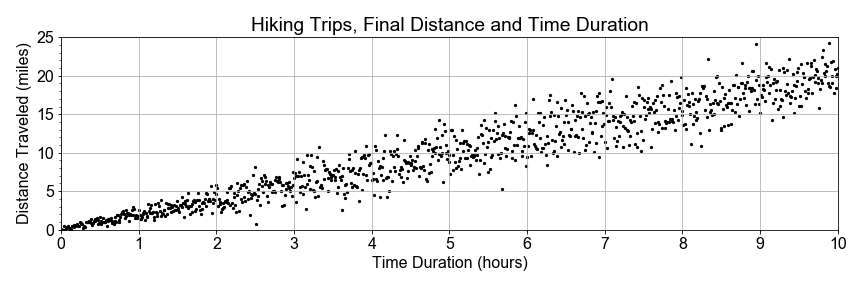
Grouping Data

Grouping Data
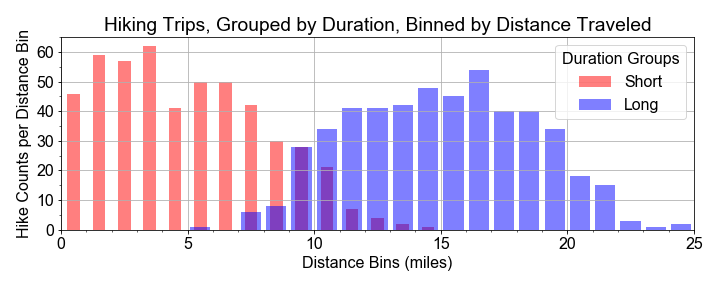
- Short Duration Group, mean = 5
- Long Duration Group, mean = 15
Test Statistic
# Group into early and late times
group_short = sample_distances[times < 5]
group_long = sample_distances[times > 5]
# Resample distributions
resample_short = np.random.choice(group_short, size=500, replace=True)
resample_long = np.random.choice(group_long, size=500, replace=True)
# Test Statistic
test_statistic = resample_long - resample_short
# Effect size as mean of test statistic distribution
effect_size = np.mean(test_statistic)
Shuffle and Regrouping
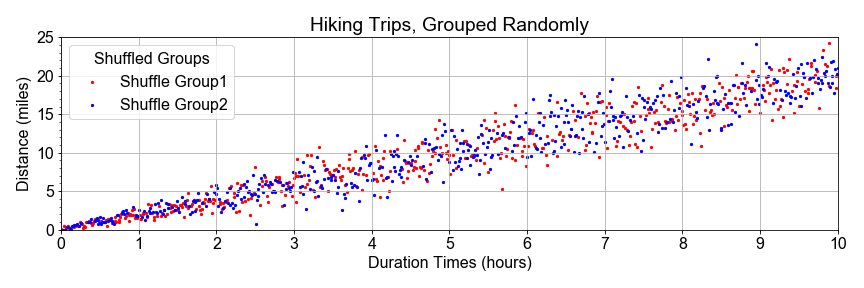
Shuffling and Regrouping
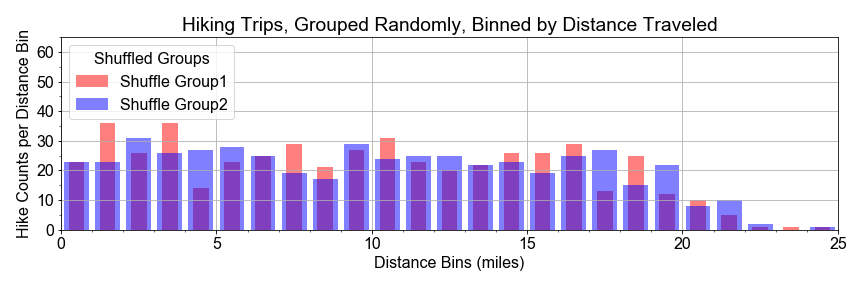
Shuffle and Split
# Concatenate and Shuffle
shuffle_bucket = np.concatenate((group_short, group_long))
np.random.shuffle(shuffle_bucket)
# Split in the middle
slice_index = len(shuffle_bucket)//2
shuffled_half1 = shuffle_bucket[0:slice_index]
shuffled_half2 = shuffle_bucket[slice_index+1:]
Resample and Test Again
# Resample shuffled populations
shuffled_sample1 = np.random.choice(shuffled_half1, size=500, replace=True)
shuffled_sample2 = np.random.choice(shuffled_half2, size=500, replace=True)
# Recompute effect size
shuffled_test_statistic = shuffled_sample2 - shuffled_sample1
effect_size = np.mean(shuffled_test_statistic)
p-Value
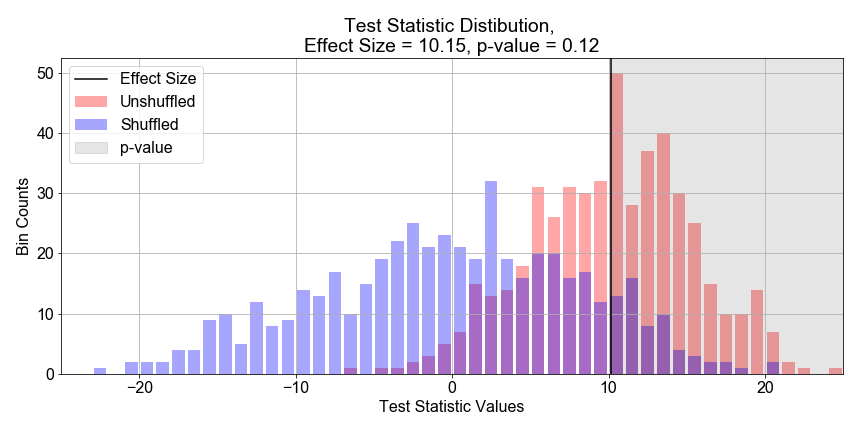
Let's practice!
Introduction to Linear Modeling in Python

